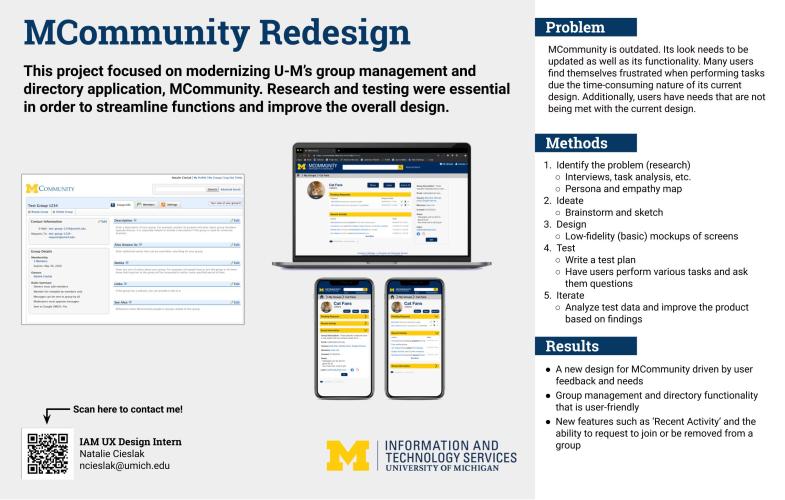.png)
The fifth annual ITS Internship Showcase took place on August 9, 2019, at the Michigan League. IT staff and leadership from U-M and nearby universities showed their support for our 47 ITS interns, fellows, and academy interns as they demonstrated the innovative work they accomplished this summer in areas like networks, user experience (UX/UI) design, cybersecurity, communication, and infrastructure. Select interns spoke about their experience in the ITS Internship Program on a student panel and attendees viewed the premiere of the ITS Internship Documentary. VPIT-CIO Dr. Ravi Pendse gave closing remarks and presented the interns with their graduation certificates.





















